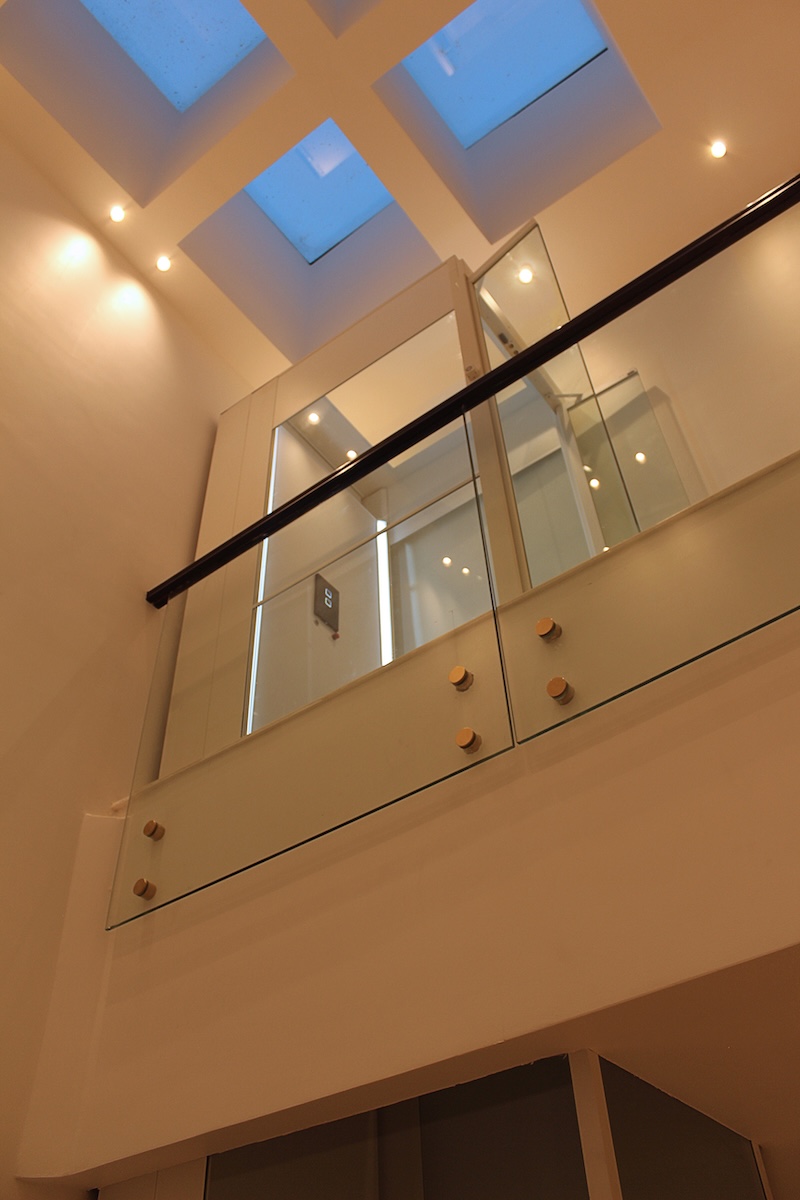
Residential lift installation is gaining popularity among homeowners who want to enhance their mobility, convenience, and property value. Whether you need it for accessibility, upgrade, or future-proofing, a lift is a practical and stylish solution.
This guide will share essential expert tips to make your lift installation process smooth and hassle-free.
Choose the Right Lift for Your Home
Before proceeding with your residential lift installation, you need to determine your primary reason for doing so. Are you looking to improve mobility or increase home value? Is a retrofit feasible? Different home layouts can impact the lift placement, so check your options based on your specific requirements.
Learn Various Lift Types and Their Benefits
Let’s break down the main types of residential lifts and their benefits to help you decide.
- Platform lifts are popular when accessibility is your priority. These lifts can accommodate wheelchairs. This makes them your ideal solution for enhancing mobility within the home.
- Hydraulic lifts, on the other hand, are known for their strength and smooth operation. They’re perfect if you need a lift that can handle heavier loads without compromising on comfort during use.
- Traction lifts are valued for their energy efficiency and compact design. They take up less space compared to other models. This also makes them suitable if conserving space is crucial.
- Pneumatic lifts offer a modern, stylish look while being highly space-efficient. They use air pressure to move between floors. They can be a sleek addition to contemporary home designs.
By understanding the unique benefits of each lift type, you can select the one that best matches your needs and preferences.
Consider These Factors Before Installation
1. Building Regulations and Permits
You need to be aware of the current building regulations and obtain the necessary permits. Learning the UK safety standards will also help you avoid complications during installation.
2. Structural Requirements and Space Planning
Assess whether your home requires structural changes to accommodate the lift. There are space-saving designs that can fit compact homes without major renovations.
3. Choose the Right Installation Team
Hiring certified engineers is essential for a successful installation. Make sure to ask about their experience, certifications, and previous projects to ensure quality work.
What to Expect During the Installation Process
Your residential lift installation will involve several essential stages to ensure a smooth and successful process. First comes the pre-installation assessment, where professionals conduct a thorough site inspection. This step also consists of discussing customisation options to ensure the lift suits your specific needs and preferences.
Next is the building preparation phase. This stage may require structural modifications to accommodate the lift and set up of the electrical connections. You need to check if all the changes comply with safety standards.
Once the groundwork is complete, the lift installation itself takes place. This involves assembling the components, fitting them securely, and conducting preliminary tests to check functionality.
Finally, the installation process concludes with final safety checks. This crucial step involves a full inspection to verify that the lift is operating safely and efficiently. Once certified, your lift is ready for everyday use.
Installation Timelines and Potential Delays
Typically, installation can take a few weeks, but potential delays may arise from building permissions or customisations. Planning ahead can help mitigate these issues.
Maintenance and Safety Tips for Long-Term Performance
- Regular servicing keeps your lift in top condition.
- Take care of any minor issues early on to prevent costly repairs.
- Ensure all users follow safety guidelines to avoid accidents.
- Consider installing backup power options and emergency call systems.
Cost Considerations and Budgeting for Your Home Lift
Take note of the total cost and budget for the following:
- Initial installation
- Ongoing maintenance
- Potential structural modifications
You should also set a budget for additional expenses, such as permits and electrical upgrades.
Government grants and financing plans are available to help cover the cost of installing a residential lift. Take advantage of these options to reduce your upfront expenses. It’s worth exploring what’s available to make the process more affordable.
Conclusion
Installing a residential lift can significantly improve your lifestyle and home functionality. By carefully planning and choosing the right lift, you can make the process straightforward and rewarding. Learn how a SWIFT Lift can transform your lifestyle and home.
Contact SWIFT Lifts now to learn more about our residential lift solutions and schedule a consultation. Enhance your living experience with customised, cutting-edge elevator systems for your home.
Get in Touch!










